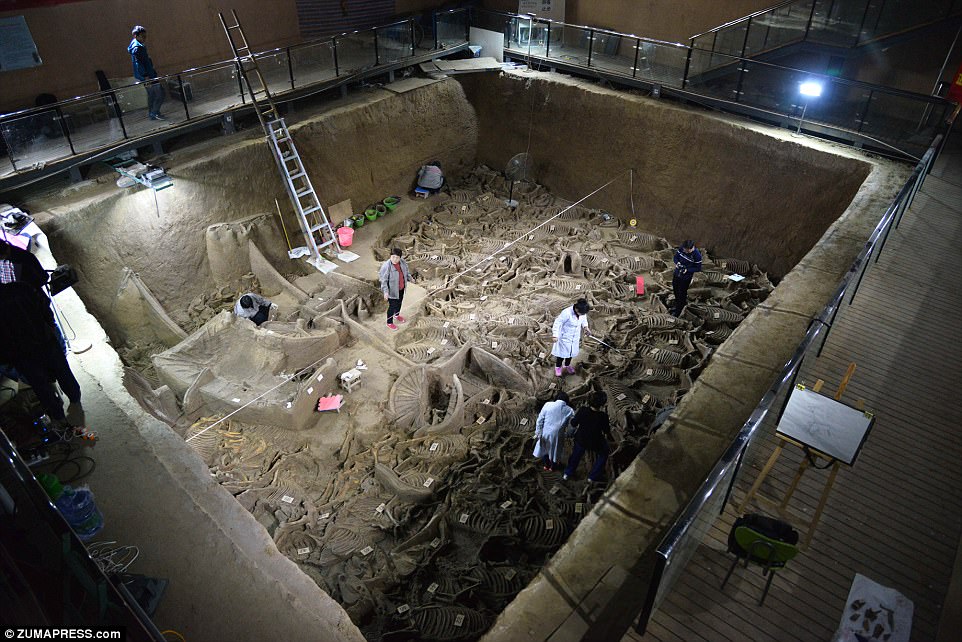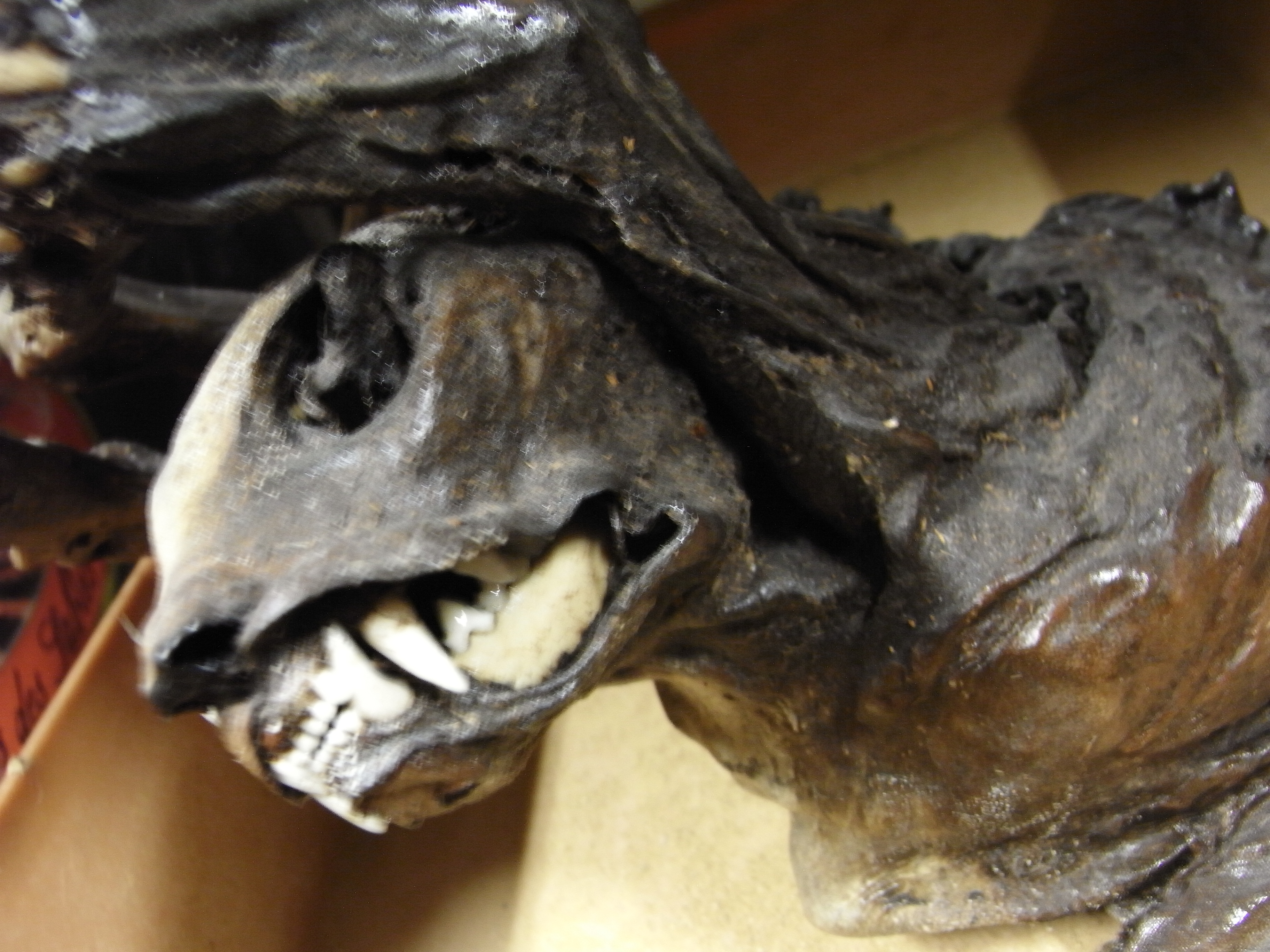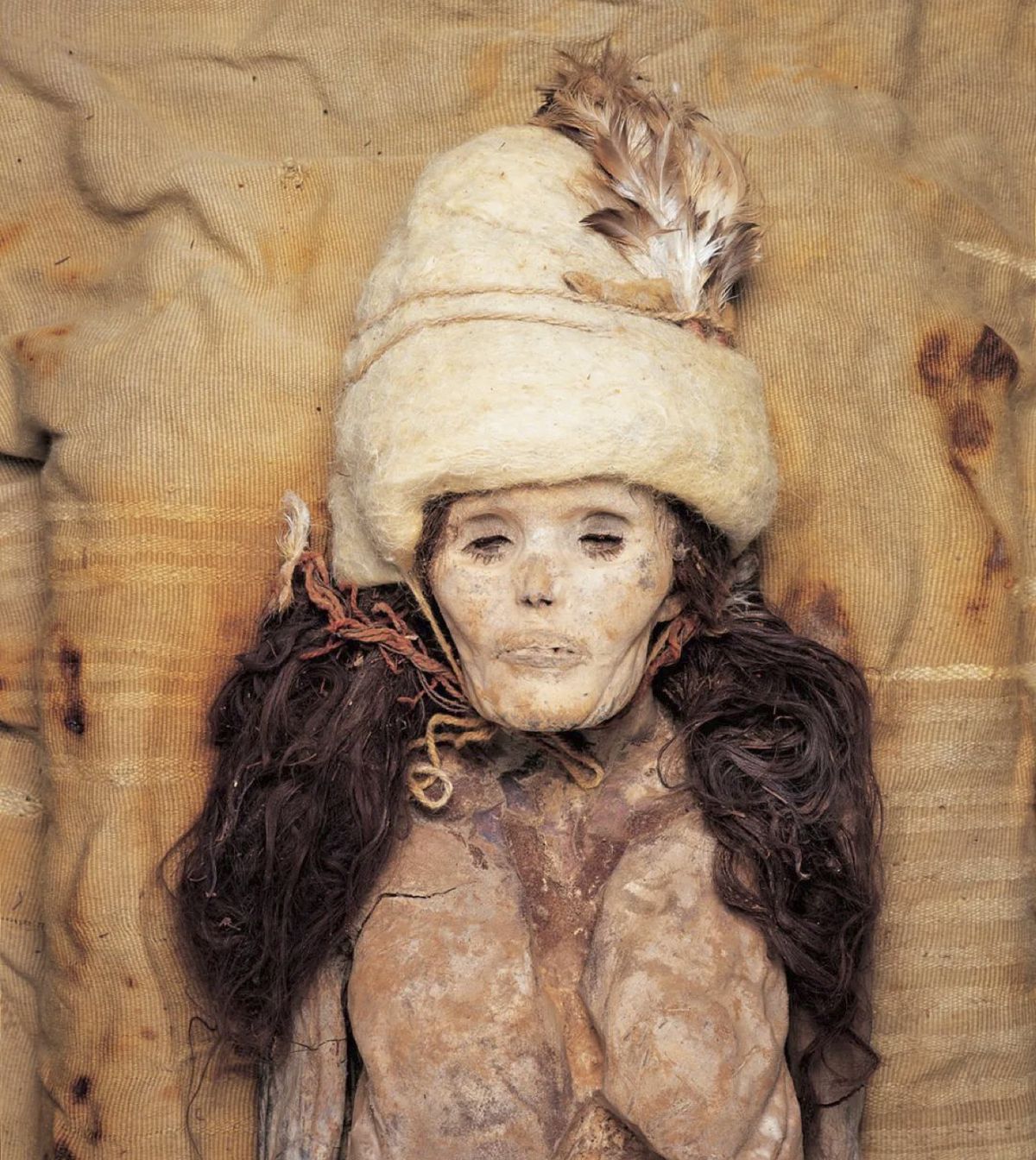
Depicting the Beyond in Romantic Paintings

Death is a difficult subject to approach, and even more difficult to represent. It symbolizes nothingness, arouses mystery, and therefore evokes a universal fear, in particular, because of its suddenness and its inevitability. It intrigues and is often feared. We wonder if life is possible in the afterlife if there is another world outside ours, or where the soul would reside.
The French poet Yves Bonnefoy wrote: as much as it was thought of, since the Greeks, death has only been an idea. It is an artist’s challenge to give death a concrete and pictorial form. Rather than brushing off or trying to explain the mysteries of death, an artist applies to the canvas the different feelings inspired by this theme.
Early representations of death date from Antiquity, when the Greco-Romans represented it as a veiled virgin, or more frequently in the form of allegories. Romanticism revolutionized the representation of death and broke up with pictorial tradition by expressing it in an idealized, poetic way, and paradoxically as liberation from life.
The Sublimated and Idealized Romantic Death

Get the latest articles delivered to your inbox
Sign up to our Free Weekly Newsletter
In Romantic paintings, death is often depicted as being calming and even liberating. Young and His Daughter, an 1804 painting by Pierre-Auguste Vafflard, shows the 18th-century English poet Edward Young carrying his dead daughter wrapped in a shroud. The painting is centered on the two characters and the scene takes place at night, probably in a cemetery. Vafflard paints the deceased girl like an ancient statue. She has a stone-white face whose texture is reminiscent of marble. She is wrapped in an immaculate white shroud which strongly recalls antique draperies. The figure of the dead is magnified. Enhanced by the pure light of the moon, it is illuminated while the majority of the painting is in shadow. It echoes the ancient beauty expressed in marble statues, representing the sublime despite its macabre essence.
It is a paradoxical and of course fictional representation since the deceased doesn’t really look like a corpse. On the contrary, she appears to be beautiful, peaceful, and faultless. the figure of the deceased girl is symbolically meant to represent death itself as not ugly or disturbing but beautiful and calm.

The representation of death is essential, but we must not forget the paradoxical presence of life. In the 1808 Girodet painting The Burial of Atala, the atmosphere resulting from this opposition is contrasting: the two male characters on the sides seem to be plunged into shadow, while Atala, placed in the center, is bathed in intense white light. This breaks with the tradition where life is usually associated with purity and light, while death is represented in dark colors. We almost come to wonder which is better, life or death. While Atala seems rested and fulfilled in her death, her lover Chactas and Father Aubry bend under an invisible weight of life.
The figure of Atala, just like Young’s daughter in the previous painting, doesn’t look dead but peacefully asleep. Her body is not rigid, while the treatment of her skin and the shroud in which she is dressed recalls, once again, the dazzling beauty of ancient statues. Despite the presence of life, the theme of death prevails. The figure of Atala is major and eclipses the other two. The figure of death seems paradoxically more alive than the figures that represent life. Similarly, in his painting, Vafflard paints the figure of Young dressed in a dull gray and black suit. His face is pale, but while the whiteness of his daughter’s complexion recalls the purity of ancient statues, Young’s is cadaverous. His eyes are hollowed out with grief and sadness.

The Romantics didn’t see death as frightening or negative, but rather as a deliverance and an exaltation. Fascinated by the unknown, they represented it as sublime and made it reassuring and beautiful. In the 1801 work titled Sappho at Leucate, Antoine-Jean Gros shows the tragic heroine and poet Sappho freeing herself from her unhappy condition by throwing herself from the top of a cliff, after her lover’s rejection. Through death, a real catharsis, she forgets her love for Phaon. The glow of the moon through the dark and threatening clouds appears as a sign of hope, heralding the liberation to come.
The painting also carried a political message. The typical Romantic artist was not in tune with his time. He was uncomfortable and unhappy in the context of war and the industrial revolution that agitated the 19th century. It was the evil of the century, as defined by the French poet Alfred de Musset, which fueled Romantic artists with constant melancholy. Death, therefore, appears as a deliverance from a life that feels like a burden and only brings suffering.
In Sappho at Leucate, Gros also incorporated a depiction of spirituality in his decor. Two natural elements, the sky and the sea, fill out the background. The treatment of the sky reveals the divine. The black clouds part to reveal the moon, which is assimilated into divine light. This light reflects into the sea, into which Sappho is about to throw herself. She is, therefore, about to join God. For the Romantics, being reunited with nature means, by extension, being reunited with God. The Divine is indeed, to quote Romantic painter Casper David Friedrich, present everywhere, even in a grain of sand.
The Religious Expression of a Transcendental Beyond

The deliverance brought by death is deeply linked to the conscience of religion. It takes on a transcendental and powerfully symbolic dimension that reminds the spectators that their mortal condition is not a fatality and that better times await. For the Romantics, religion makes death sweet and reassuring.
In The Burial of Atala, the position of the deceased Atala recalls the position of Jesus in Caravaggio’s Entombment of Christ. She is wrapped in a white shroud, a symbol of purity and virginity. The light emitted by Atala illuminates the bodies of Chactas and Father Aubry, just like the divine figure of Christ. The notion of the celestial, of God, is present in the crucifix firmly held by the dead woman as well as in the cross seen in the background. A verse from the book of Job in the Bible, engraved on the wall of the rock, comments on the scene: I have passed away like a flower, I have withered like the grass in the field.

In a typically Romantic enterprise, the divine element is also shown through nature. Although secondary, nature is indeed present in the paintings mentioned earlier and gives them an important spiritual dimension. But none of them feature a prominent spiritual environment more than John Everett Millais’ Ophelia. In this painting, the drowned Shakespearean heroine rests in a peaceful stream, in a tomb of vivid nature. She is surrounded by colorful flowers, each of which holds a very particular meaning. Poppies function as the Christian allegory for Christ’s blood, nettles represent pain, and roses allude to love. There is even a weeping willow tree, a traditional symbol for life after death.
Death in Romantic Paintings and Literature

The poetic and lyrical atmosphere of the scenes represented in paintings showing Romantic death echo literary Romanticism. In 1856, Henry Wallis painted the British poet Thomas Chatterton who committed suicide at the age of 17. Described as a tragic hero by the French writer Alfred de Vigny, Chatterton represents youth cut down in its prime. He is the perfect tortured, melancholic character that was favored by the Romantics. Wallis thought of his painting as a critique of the treatment of artists by society. Rejected, the young poet chooses death, which to him seems sweeter than life.
The bright colors of Chatterton’s clothes and his fiery red hair contrast with the pallor of death on his face, accentuating the prematurity of his passing. On the original frame, a quote from Christopher Marlowe’s Tragedy of Doctor Faustus reads: Cut is the branch that might have grown full straight, And burned is Apollo’s laurel bough. The torn sheets of poetry on the floor, the pale light of dawn illuminating the poet’s flesh, and the vial of poison on the floor all contribute to the emotional impact of the scene.

Nevertheless, in most Romantic paintings, it is not the writers themselves that are represented but their literary characters. Girodet drew the subject of The Burial of Atala from a novel written by Chateaubriand in 1801. In Sappho at Leucate, Gros represented the Greek poetess Sappho present in the works of Ovid. Ophelia of course is the tragic Shakespearean heroine from Hamlet. Eugène Delacroix, a key painter of the Romantic movement, also practiced painting literary subjects in 1822 with The Barque of Dante. Inspired by Dante Alighieri’s Divine Comedy, the painting depicts Virgil and Dante sailing on the Styx, the river standing between Earth and the underworld.
The importance of literary inspiration in the pictorial depiction of Romantic death culminates with Eros and Thanatos. For the ancient Greeks, Eros was the god of love, while Thanatos was the god of death. This oxymoronic pair has been frequently associated since Sigmund Freud. Indeed, his latest theory of drives linked what he called life drives or love drives (Eros) with death drives (Thanatos). Even though the two types of drives are in conflict, they maintain a very intimate, intricate relationship.

In Romantic imagery, death and love seem inseparable. In Vafflard’s painting, Edward Young is forced to bury his beloved daughter, which is a real psychological ordeal. The sublimation of the desire for love into the desire for death is very clearly represented in Sappho at Leucate, when Sappho, having been rejected in love, throws herself to death in a tragic impulse. Similarly, Atala, torn between the values of both faith and love, cannot choose. She took a vow of chastity and therefore cannot love Chactas and prefers to die. Her death is a passionate sacrifice that shows that for the Romantics, love almost undoubtedly leads to death.
Fascinating to the Romantics, death paradoxically appears as an alternative to a life of suffering and disappointment. All these paintings do not show Romantic death as repulsive or frightening. It is linked to love and nature and is shown as poetic and beautiful. Dramatically staged, death is magnified and idealized, painted to be attractive and reassuring. This poetic representation preceded the future movement of Dark Romanticism, which went against the aesthetic approach of these paintings and gave a new face to death.





